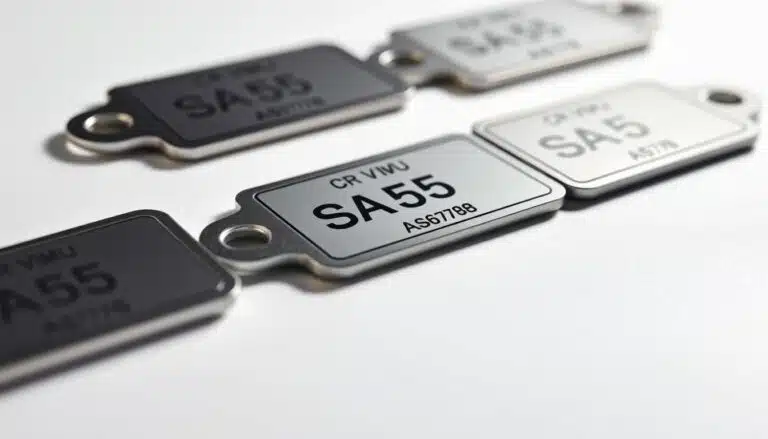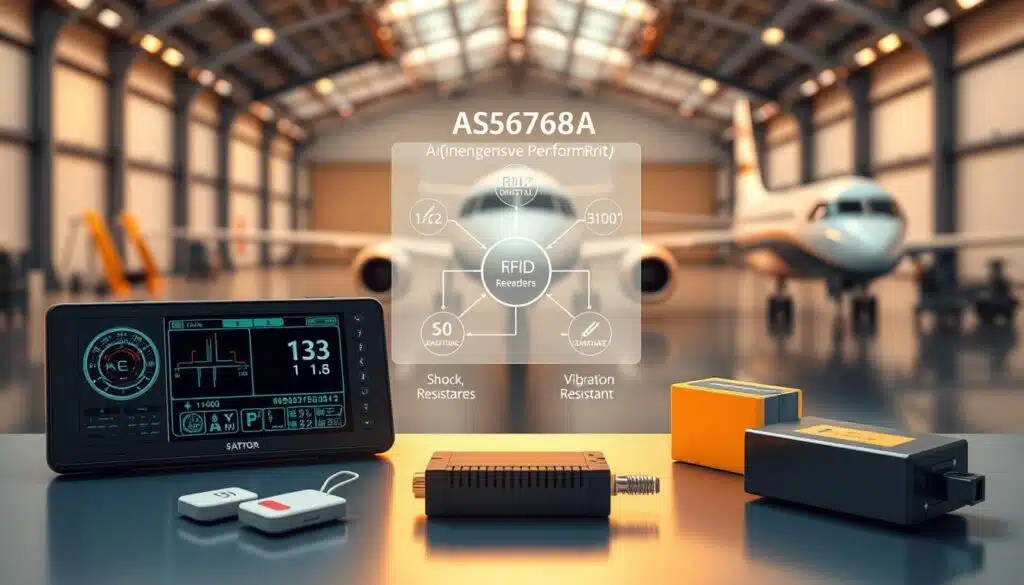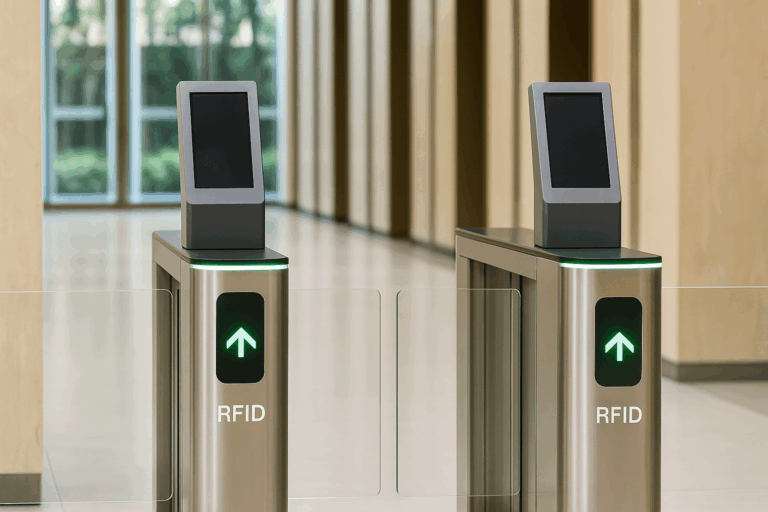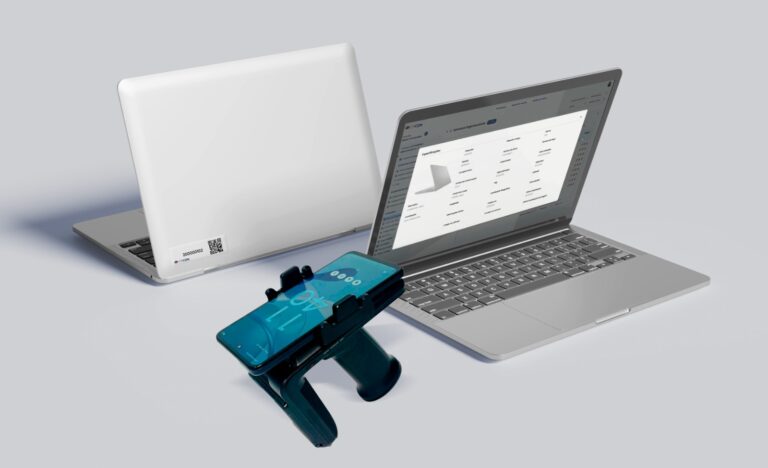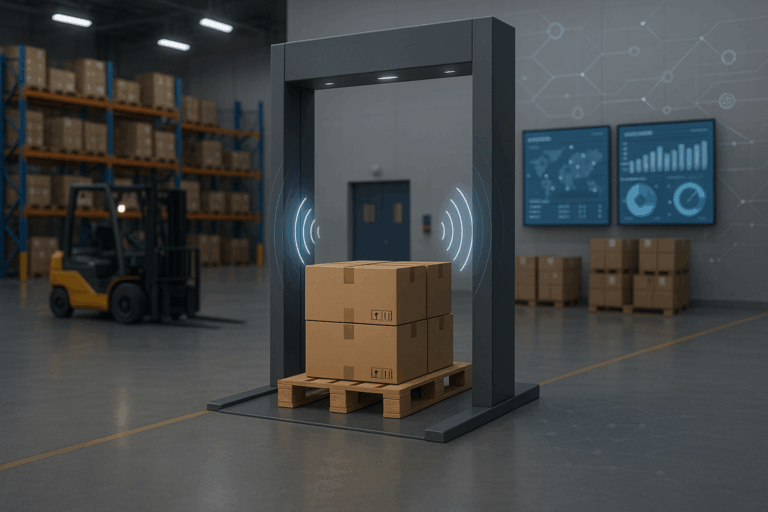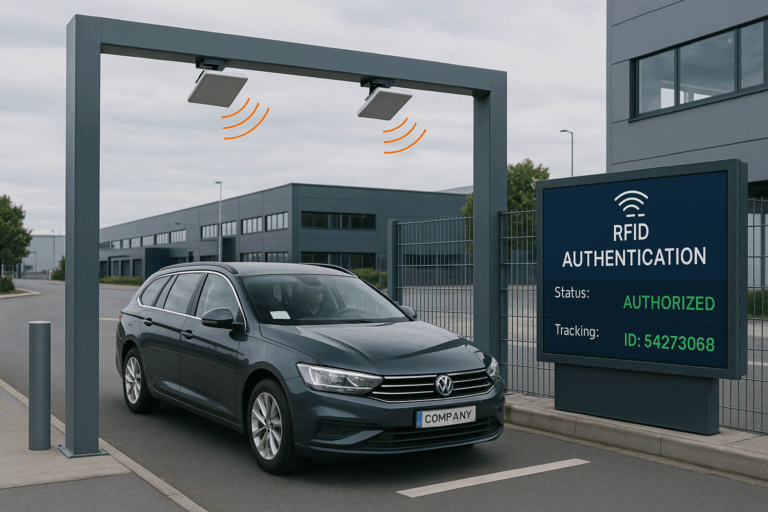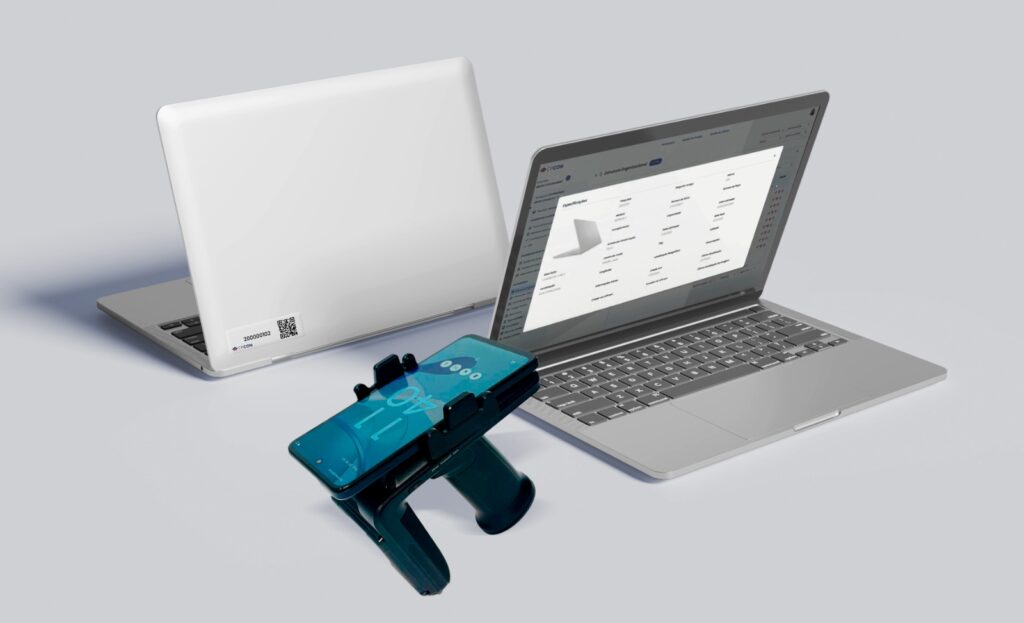In aviation, where safety and precision are paramount, tracking aircraft parts efficiently is a must. Radio Frequency Identification (RFID) technology has revolutionized this process, and standards like SAE AS5678A ensure these RFID tags meet the industry’s toughest demands. But what exactly is SAE AS5678A, and how does it relate to RFID tags? More importantly, how can cpcongroup’s RFID solutions help aviation professionals like you?
In this article, we’ll break down the essentials of SAE AS5678A, explore its critical role in aviation RFID applications, and show why cpcongroup is the ideal partner for durable, high-performance RFID tagging solutions.
Table of Contents
ToggleWhat is SAE AS5678A?
SAE AS5678A is a technical standard from SAE International that governs passive UHF RFID tags used in the aerospace industry. Designed specifically for aircraft parts, it ensures these tags can withstand harsh conditions like:
- Extreme temperatures (up to 180°C)
- Vibrations and shocks
- Chemical exposure
- Long-term wear
The standard sets strict guidelines for manufacturing, testing, and performance, guaranteeing that RFID tags remain reliable throughout an aircraft part’s lifecycle—often decades long. It’s closely tied to broader aviation standards like ATA SPEC2000, used by giants like Boeing and Airbus, making it a cornerstone of aerospace part tracking
How Does SAE AS5678A Relate to RFID Tags?
RFID tags are small devices that store and transmit data wirelessly, and in aviation, they’re essential for identifying and tracking parts without needing a power source (hence “passive”). SAE AS5678A defines the requirements for these tags to ensure they:
- Endure Tough Environments: Tags must survive the rigors of flight and maintenance settings.
- Offer Reliable Performance: They need to be readable from moderate distances (up to 4 meters or more), even on metal surfaces or in hard-to-reach spots.
- Meet Certification Needs: Compliance with SAE AS5678A aligns with regulatory standards, ensuring parts are traceable and safe.
For example, tags like the IronTag 176, which meet SAE AS5678A, are built for durability and long-range readability—key traits for aviation use.
Why Are RFID Tags Critical in Aviation?
RFID tags streamline aviation operations by:
- Tracking Parts: Each tag has a unique ID, making it easy to monitor components from production to retirement.
- Boosting Maintenance Efficiency: Technicians can quickly scan tags to check part history, reducing aircraft downtime.
- Ensuring Compliance: Standards like SAE AS5678A help meet strict regulatory requirements for safety and certification.
Passive UHF RFID tags, as specified by SAE AS5678A, are especially valuable because they don’t require batteries, offering a cost-effective, low-maintenance solution for long-term use.
CPCON Group RFID Solutions: Built for Aviation Challenges
At CPCON Group, we provide RFID tagging solutions tailored to harsh environments — perfect for aviation applications. Our tags feature:
- High-temperature and chemical resistance
- Read ranges up to 10 feet
- Industrial-grade durability
While we don’t explicitly advertise SAE AS5678A compliance, our products’ robust design aligns with the standard’s demands, making them ideal for tracking aircraft parts and managing maintenance schedules. Curious if our solutions meet your specific needs? Contact us for more details.
A Unique Edge: Installation Flexibility
SAE AS5678A-compliant RFID tags offer a practical perk: they can be attached using:
- Cable ties
- Safety wire
- Adhesive strips
This flexibility ensures secure, adaptable installation across diverse aircraft components—a feature cpcongroup’s solutions capitalize on to meet your operational needs.
Benefits of SAE AS5678A-Compliant RFID Tags
Using RFID tags that meet SAE AS5678A standards delivers:
- Enhanced Traceability: Pinpoint part origins and maintenance history with ease.
- Faster Maintenance: Cut downtime with quick, accurate scans.
- Regulatory Assurance: Stay compliant with aviation authorities.
- Cost Efficiency: Durable tags reduce replacement costs over time.
These advantages make SAE AS5678A a vital standard for any aviation operation.
Passive vs. Active RFID Tags: Why Passive Wins
Unlike active RFID tags, which rely on batteries, passive UHF RFID tags (per SAE AS5678A) are:
- Long-Lasting: No battery means no replacements.
- Cost-Effective: Lower initial and upkeep costs.
- Versatile: Longer read ranges suit aviation’s complex environments.
This makes them the preferred choice for aircraft part tracking.
Key Specifications of SAE AS5678A for RFID Tags
Here’s a quick overview of what SAE AS5678A demands:
- Tag Type: passive UHF RFID powered by readers, no batteries
- Primary Use: tracking aircraft parts and assets
- Durability: withstands 180*C, vibrations, chemicals
- Performance: readable / writeable from moderate long distances
- Testing: meets RTCA DO-160 for environmental and electromagnetic standards
- Installation: cable ties, safety wires, or adhesive strips
Why Choose CPCON Group?
CPCON Group RFID tags are engineered for the toughest conditions, offering aviation-ready features like customizable encoding and extended read ranges. We’re committed to helping you improve traceability and efficiency. Explore our full range at cpcongroup.com.
Take the Next Step
Ready to enhance your aviation tracking with reliable RFID solutions? Visit cpcongroup’s RFID Tags and Labels Solutions page or reach out today to see how we can support your needs.
Conclusion
SAE AS5678A ensures that RFID tags are tough enough for aviation’s challenges, providing a foundation for safety, efficiency, and compliance. By partnering with cpcongroup, you get access to RFID solutions that align with these high standards, keeping your operations running smoothly. Don’t wait—upgrade your tracking today!
FAQ
What are the key advantages of using SAE AS5678A compliant RFID tags in aviation?
SAE AS5678A compliant RFID tags boost reliability and data accuracy in tracking aircraft parts. They help manage inventory in real-time and cut down on human mistakes in maintenance. This ensures safety standards are met.
How does CPCON Group ensure their RFID tags meet AS5678A standards?
CPCON Group follows strict quality management and advanced engineering. They also conduct thorough tests that go beyond AS5678A standards. This ensures their RFID solutions are reliable and meet aviation industry needs.
What challenges do organizations face when implementing AS5678A-compliant RFID systems?
Challenges include dealing with the complex certification process and ensuring data stays accurate over time. Integrating RFID systems with current aviation software can also be tough. CPCON Group offers help and advice to tackle these issues.
Can RFID technology enhance supply chain visibility in aviation?
Yes, RFID technology greatly improves supply chain visibility by tracking aircraft parts in real-time. This leads to better inventory management, fewer errors, and less risk of counterfeit parts. It boosts overall operational efficiency.
What technical specifications must AS5678A-compliant RFID tags meet?
AS5678A-compliant RFID tags need to meet data storage, durability, and performance standards. They must also have security features like encryption and access controls to protect data.
How important is staff training for the successful implementation of RFID systems?
Staff training is key for RFID system success. It ensures everyone knows how to use the system. This boosts efficiency and system effectiveness.
How can aviation companies maximize the lifespan of RFID tags?
To extend RFID tag life, aviation companies should test regularly, maintain hardware, and protect tags from harsh conditions. This keeps data integrity and reliability high.

